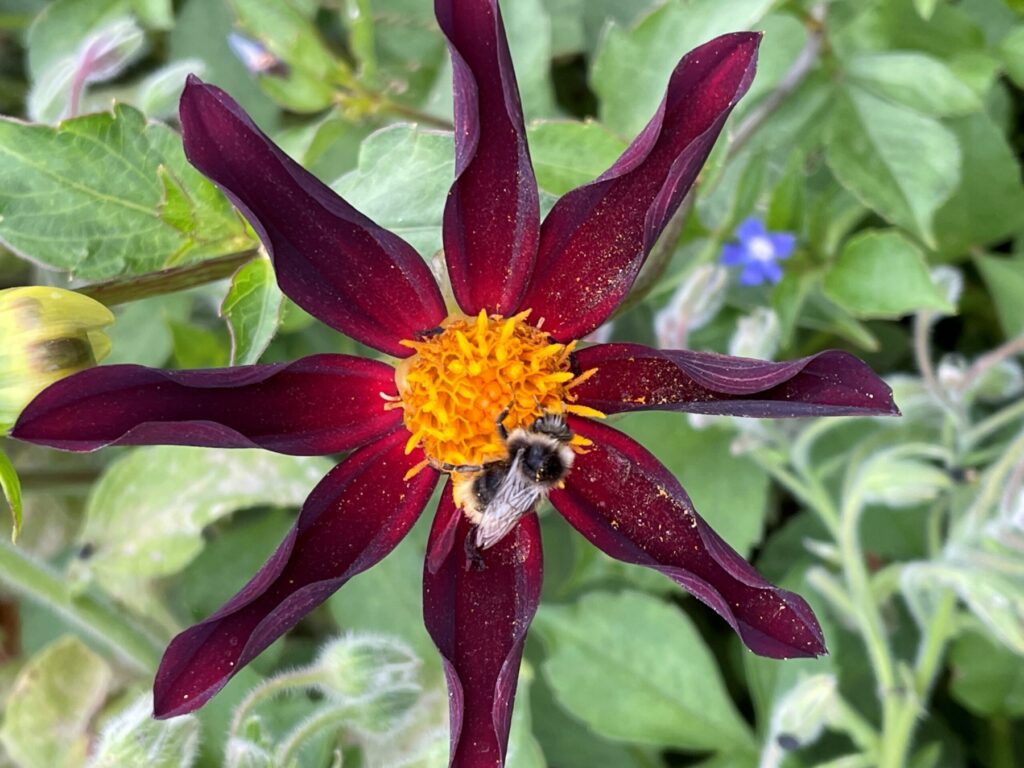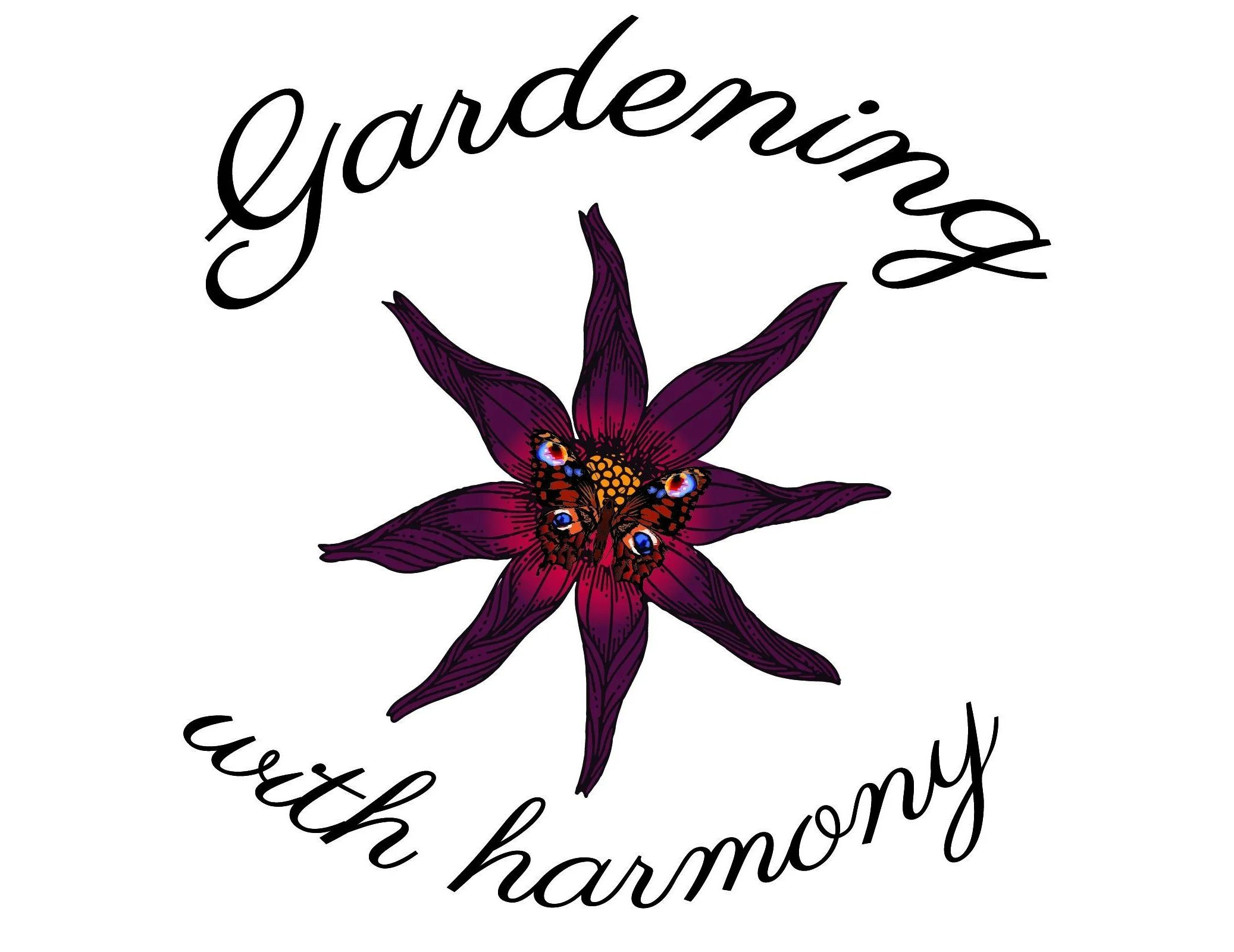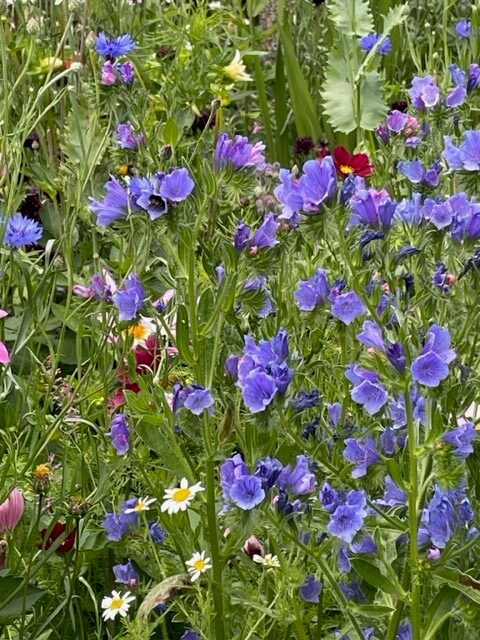
Now is a great time to sow some hardy annual seeds. These are flowers that will germinate, grow, flower and die in one year. They can be sown straight into the ground from late March onwards which is the reason they are called hardy annuals as opposed to half-hardy annuals which cannot tolerate frost. Check how warm the soil is with your hand as this will show you when seeds are likely to germinate as they do need some warmth to start growing. If the weather is still quite cold, wait until the soil has warmed up in April. Hardy annuals need a sunny area and will reward you with beautiful flowers through the summer.
Annual flower seeds can also be sown in autumn to get a head start on flowering the following year. I sow in spring and autumn for the maximum amount of colourful blooms in my garden. The later sowing ensures some early blooms for the pollinators.
Grow them in your borders, or in pots, in your courtyard or in containers on your balcony.
These are great annuals to grow for beautiful colour and to help your pollinating visitors.
Sow seeds onto moistened soil or compost in containers, and gently cover with a thin layer of the soil or compost on top. Keep the area moist until the seeds germinate. Then leave them to grow into a beautiful display of flowers for you and the pollinators. If you deadhead the flowers, they will continue to bloom.
Beautiful cornflowers, my first hardy annuals

Cornflowers (Centaurea cyanus) are an easy to grow wildflower, which were seen in meadows years ago. These flowers are magnets for pollinators. The flowers were originally a beautiful blue. In recent years more colours have become available, dark purple, mauve, white, pink and red to name a few. Dwarf varieties are preferable if you are sowing into a pot. The tall varieties can be 90cm tall.
All have masses of beautiful, ruffled flowers which will flower for several weeks. Sowing at three week intervals will ensure a long display of blooms. Leaving these lovely hardy annuals to set seed at the end of the season will provide food for birds. Therefore cornflowers really are of huge benefit to nature.
Fabulous poached egg plants

Poached Egg Plant (Limnanthes douglasii) is another lovely flower to grow. These are very fast growing and loved by hoverflies, ladybirds and bees. They are low growing plants and will self seed to spread into a fabulous carpet of yellow and white blooms in future years. Consequently, deadhead the flowers to remove the developing seed if you do not want a carpet of spreading blooms.
For example, I allow them to self seed and have large patches of colour on my lawn edges from June until September. I also have some sown in pots to bring a splash of colour to other areas. There is also an all white variety if you prefer these to the yellow and white blooms.
Borage the bee magnet

Borage which is also known as bugloss and starflower (Borago Officinalis) is another lovely flower which is a magnet for bees. These flowers usually have blue flowers, but there is also a white variety. They will grow to a height of around 60cm.
The flowers will self-seed fairly vigorously if the faded flowers are left on the plant. Therefore, it is best to deadhead these blooms before the seed develops unless you would like a carpet of borage. They do not grow well in pots but if you only have space for containers, use the largest pot you have. The flower refills with nectar every couple of minutes so no wonder large numbers of bees visit this plant throughout the day.
Borage is a must in my garden for its beauty but mainly as it is so beneficial for our pollinators who need all the help we can give them. This flower truly is a bee magnet.
Calendula flowers and flowers

Calendula (Pot Marigold) is another great flower to have in your garden or in pots. This flower is very easy to grow from seed and grows to around 40 to 60cm. The variety shown above with some poached egg plants is called Snow Princess and is almost white. The most common colour has been orange or yellow and these range from very pale up to the very bright and zingy.
Calendula is a long flowering and frost hardy plant which will flower and flower. It is very attractive to pollinators and will self seed. They have a very long flowering season and will often flower from early spring right through till the first frosts. I have had a few plants that have continued to flower right through the year so they are very good value, both for colour in your garden or pots and for the pollinators.
Here is an option for purchasing hardy annual seeds and plants
Click here for Thompson and Morgan hardy annual seeds
Inspiring hardy annuals, I hope

I hope that this selection has inspired you to sow some annual flower seeds to help our pollinators. Also to give you beautiful blooms throughout the summer.
These flowers are all so easy to grow and look so beautiful. In addition, and importantly, growing these will be so beneficial for the bees and butterflies. My post Important it’s Earth day 2023 gives more details on the impact you can have if you sow these beautiful flowers. Check out more posts on helping our pollinators below.
Counting beautiful butterflies, gardeners can help
Wild things for gardeners, bee beautiful
World Environment Day. Action wonderful gardeners
Thank you
This blog is an affiliate for Thompson and Morgan. If you click on one of the links in this post, and make a purchase I may receive a commission, at no additional cost to you.
To see all my updates as they happen please entre your email address below and press the subscribe button.



2 responses to “Sowing bee beautiful hardy annuals”
Great flowers for the bees
Hi Martin, thanks for your lovely comment. It is World Bee Day on 20th May so I’m taking more photos of the bees on my flowers today for a new blog post. We must all do whatever we can to help them.